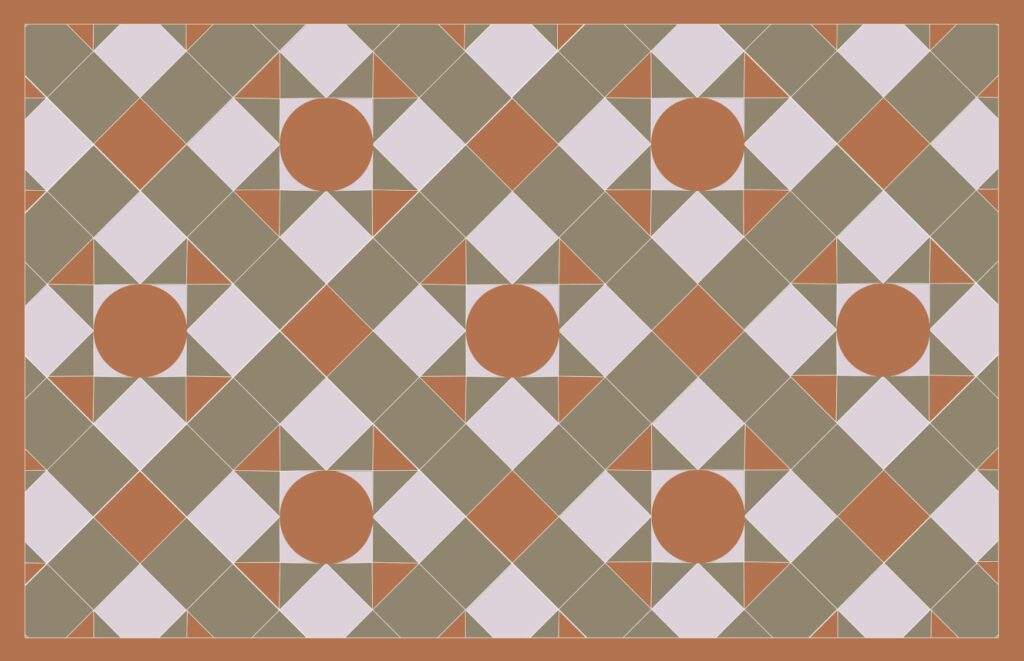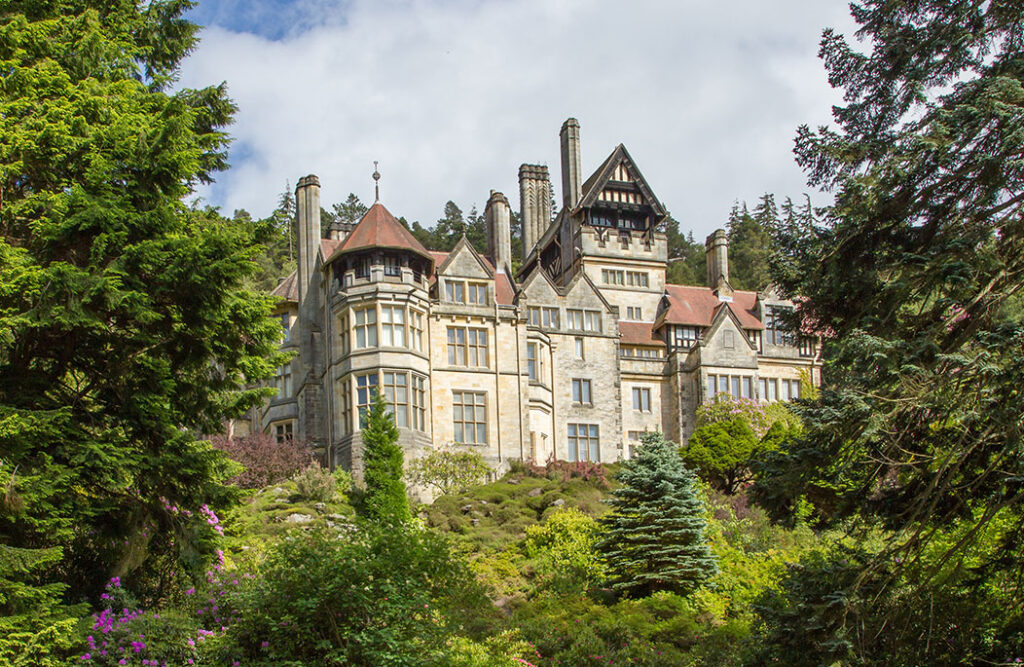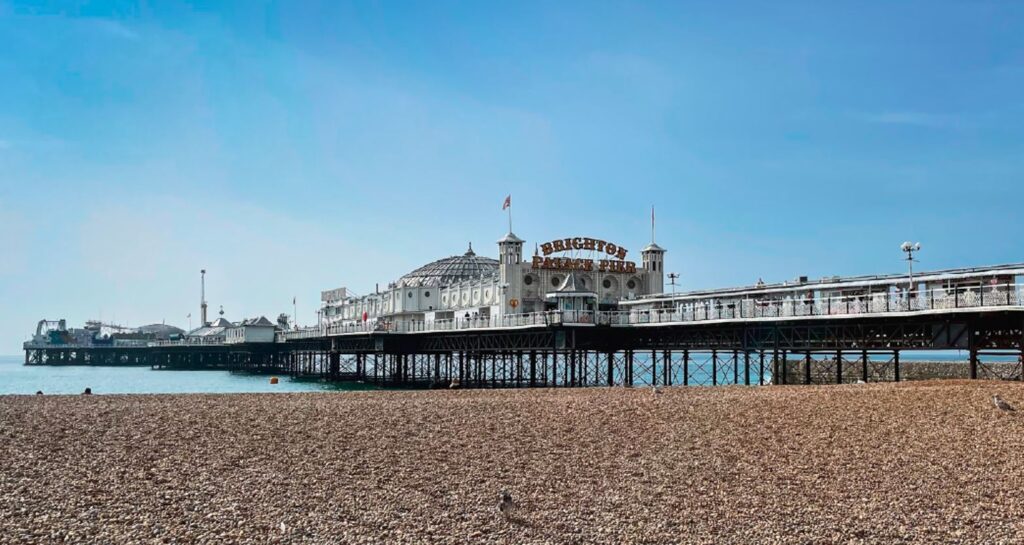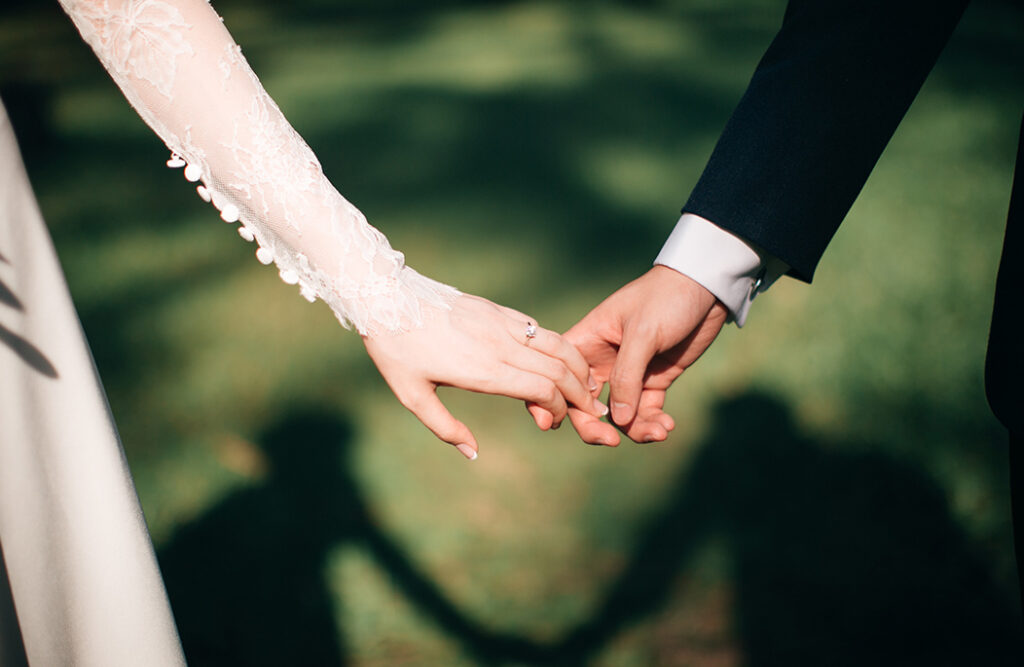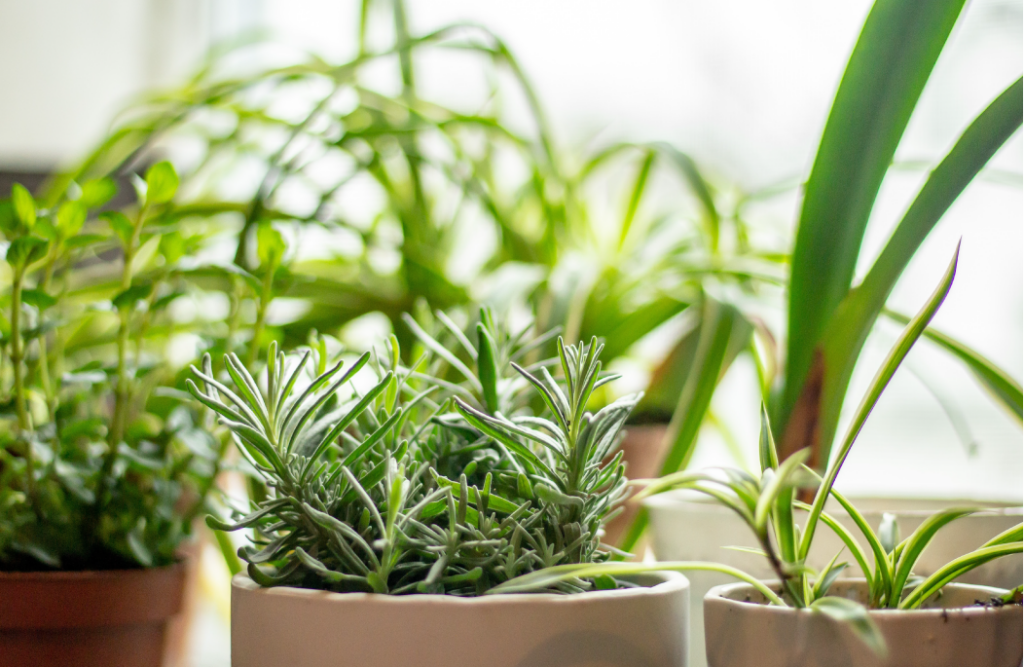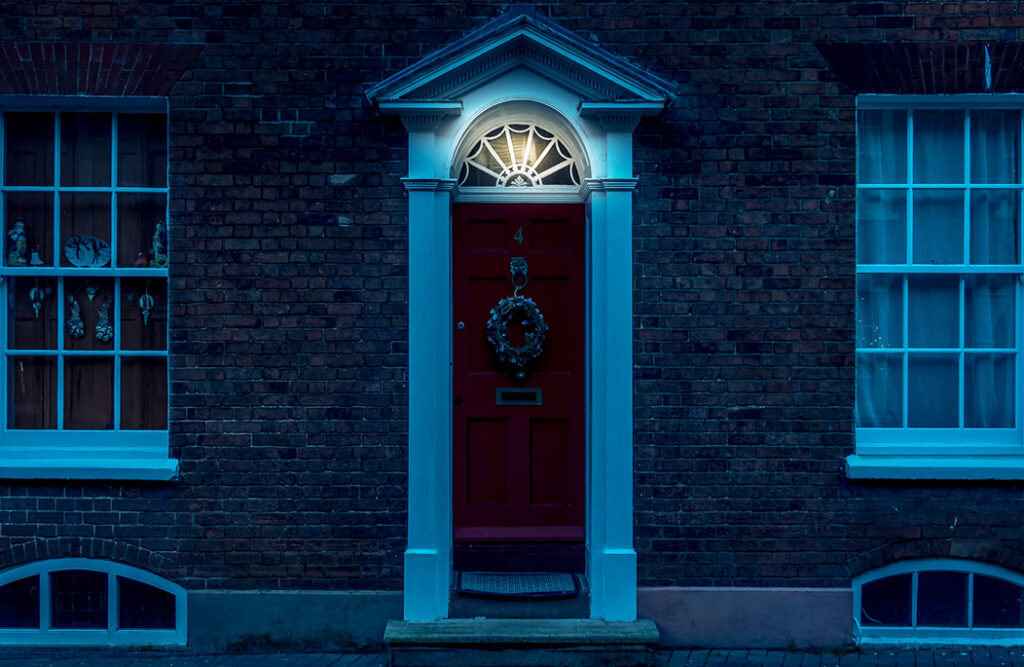The Victorians loved their gardens and many of the flowers, shrubs and trees that are common today were actually discovered during the Victorian era. Owners loved nothing more than illustrating their wealth or how well-travelled they were than by filling the gardens of their Victorian homes with colourful species garnered from all corners of the globe.
The history of Victorian garden design
As Queen Victoria’s empire grew, so did our Victorian gardens, with all sorts of exciting new produce: rhododendrons and magnolias from the Himalayas, monkey puzzle trees from the Andes, orchids from Central America, and blooms of every description from various continents.
The burgeoning interest in gardening during the period was not restricted to the middle and upper classes as local authorities for the first time began creating carefully manicured public gardens and parks too.
The Douglas fir, Monterey pine and mighty redwoods from the Americas were particular favourites among municipal gardeners because of their rapid growth and almost instant character and colour. They remain popular today.
It was believed public gardens would help “decrease drunkenness and improve the manners of the lower classes”. Intellectuals and the upper classes also encouraged gardening as a means of decreasing social unrest.
This shows wonderful foresight because studies today suggest that spending time in the garden actually promotes better psychological health.
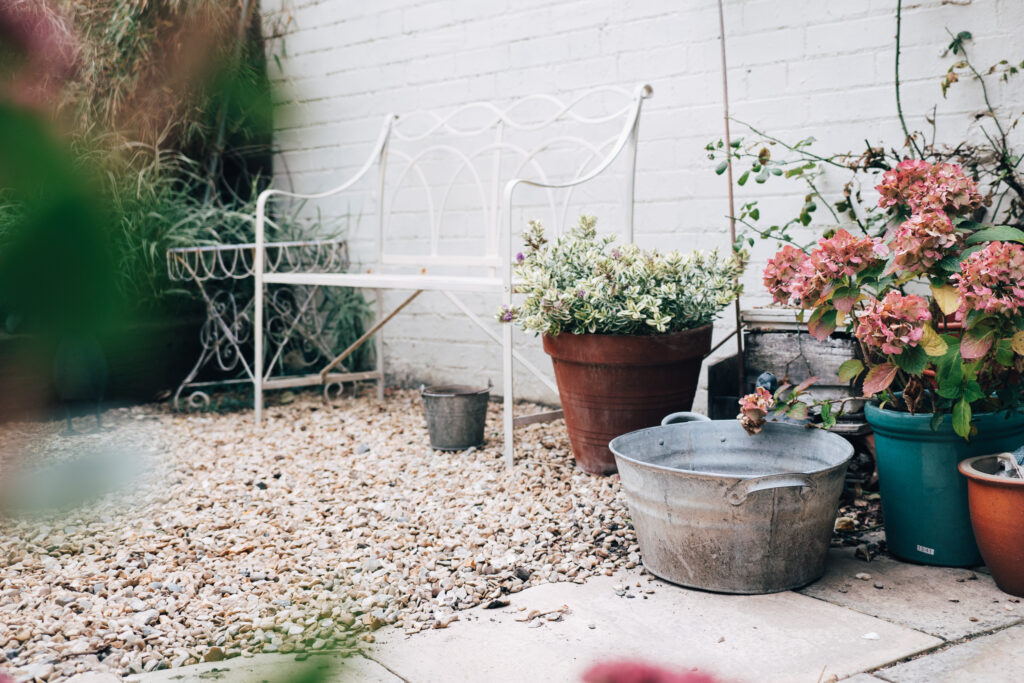
So how do you recreate Victorian garden design?
There are a number of ways you can replicate the Victorian-era garden design in your green space, whether you’ve got a few square metres or a couple of acres.
1. Keep up with lawn maintenance
When people think about Victorian garden design, most think of the colourful borders of flowers, bushes and trees, but a beautifully coiffured lawn was central to the Victorian garden landscape.
The Victorians were the first to take the art of growing grass seriously. Neat lawns were planted at the front and the back of the house, and hours were spent fertilising, watering and mowing to maintain their verdant and lush appearance.
The rear lawn was especially important. It was treated like a conservatory is today: as an extension of the home. Tea was often served on the rear lawn and it was frequently used for parties, genteel games and entertaining.
2. Plant neat flowerbeds
Victorian garden planting was neat and often symmetrical. Beds were laid with flowering plants of the same height and colour — a practice known as carpet bedding — and often planned in isometric shapes.
An alternative but equally authentic style was popularised by the famous Victorian gardener Gertrude Jekyll.
She encouraged graduated planting in her garden borders by putting the smaller plants at the front edge with taller varieties planted behind and the very tallest at the back.
Her philosophy dictated each border flower be appreciated for its own colour, quality and beauty.
3. Choose flowers, climbers and fruit trees that were popular in the Victorian era
The list of popular Victorian flowers is extensive and includes:
- Acacia
- Aster
- Begonia
- Bluebell
- Chrysanthemum
- Dahlias
- Dianthus
- Ferns Fuschia
- Geraniums
- Lobelia
- Marigold
- Morning Glory
- Nasturtium
- Periwinkle
- Petunia
- Red Hot Pokers
- Roses
- Snapdragon
- Sweet Alyssum
Climbers such as clematis, wisteria and trumpet vine straddled exterior walls and sheds and were trained to hide fences.
Fruit trees – including apple, pear, cherry and plum – were popularised by the Victorians, but fig trees were the very height of fashion.
4. The more variety, the better
As far as the Victorians were concerned the more variety in the garden, the better. It was their opportunity to show off their wealth and prestige.
The banker Alfred de Rothschild’s head gardener claimed you could estimate a person’s fortune from the size of their bedding plant list: 10,000 for a squire, 20,000 for a baronet, 30,000 for an earl and 40,000 for a duke. Rothschild had 41,000 plants on his list.
Not every plant in the Victorian garden should make it onto your list
One import from the Victorian era not looked upon so fondly is Fallopia japonica, better known as Japanese knotweed.
Native to the Far East, Philipp Franz von Siebold transported a cutting of the plant from a Japanese volcano to Leiden in the Netherlands. In 1850, a specimen was donated to the Royal Botanic Gardens at Kew.
It was soon favoured by gardeners because it looked like bamboo and grew quickly and easily just about anywhere it was planted.
Growth was, in fact, prolific and it was virtually impossible to eradicate. It is an invasive species which now impacts biodiversity and flood management, and can undermine property foundations.
It is now an offence under the Wildlife and Countryside Act 1981 to plant or grow Japanese knotweed. Special measures are needed to dispose of it.
Want to find out more about Victorian gardens?
To find out more about gardening in the Victorian style, download the Adrian Flux Victorian Homes ebook for free. It is full of tips on how to create a Victorian style house — even if you live in a new-build home — and advice on where to source original Victorian and reproduction fixtures, fittings, furniture, accessories and art.
Looking to insure your Victorian Home?
Adrian Flux is a specialist insurance compnay offering bespoke cover for all period and Victorian homes. Call 0800 369 8590 got a fast and hassle-free quote.
Our home insurance customers saved an average of 31% in 2021 when taking out a policy with us. See how much you could save by giving us a call.
download the full victorian homes ebook
Download Victorian Homes, a free ebook created by Adrian Flux insurance services. It is full of Victorian house facts, tips on how to create a Victorian style house — even if you live in a new-build home — and advice on where to source original Victorian and reproduction fixtures, fittings, furniture, accessories and art.

